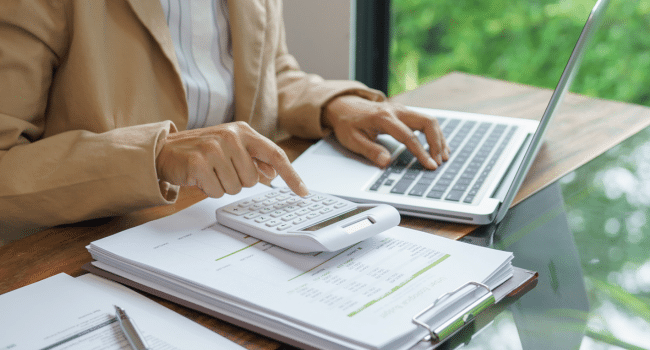Table of Contents
Every investor wants to grow their funds, but expenses can easily shave off returns without you realizing it. Are you planning to invest? That is a good step. But guess what happens when you skip assessing brokerage and related charges? Hidden costs pile up. That is where a brokerage calculator becomes an essential part of your toolkit.
This tool does more than work with numbers as it helps you see exactly what you will pay for each trade. And this kind of clarity makes all the difference between smart investing and seeing your profits exploited by fees. So let’s break down exactly why you should always use a brokerage calculator before putting your money into the markets.
1. Clear Visibility of All Costs
Nobody wants surprise charges. With a brokerage calculator, what you see is what you pay without any unpleasant surprises at the end of the month. You can:
- Input your trade details like buying and selling price, quantity, and segment
- Instantly view every fee, including STT, GST, transaction charges, SEBI charges, and stamp duty
This leaves nothing hidden and it gives you peace of mind.
2. Better Planning for Profits
Do you want to know if your trade is worth it? This calculator lets you forecast profits after costs. You will get to see the total charges side by side along with your expected returns. This implies:
- Realistic profit or loss calculations
- The freedom to adjust your trade size or price target for better results
A brokerage calculate will not get blindsided by tiny margins.
3. Compare Brokers Instantly
Not every brokerage charges the same fees. Some advertise “zero brokerage,” but add higher transactional charges. A brokerage calculator helps you:
- Compare exact costs for various brokers
- Evaluate which broker suits your investment pattern
Before you open demat account, use this tool to make an informed choice that actually fits your style.
4. Evaluate Profitability Before You Enter a Trade
Profit can shrink fast once fees and taxes come into play. A calculator will enable you to input buy and sell prices, trade quantity and transaction type like intraday, delivery, etc.
It then shows your net profit after charges. This lets you test different outcomes. You will know if a trade makes sense before locking up your capital.
5. Stay on Top of Tax Liabilities and Regulatory Fees
Taxes and official charges make up a significant portion of trading expenses. Instead of wondering what portion of your gains you’ll hand over to regulators, a calculator shows exactly:
- Breakdown of regulatory fees and taxes per trade
- How selling in different segments (delivery, intraday, F&O) alters your post-tax return
That means you prepare your financials accurately, every time.
Conclusion
Investing begins long before you hit the “buy” button. The best decisions happen with full knowledge of all costs and potential returns. That’s why using a brokerage calculator isn’t optional. It is an investor’s quick check against unexpected fees and the key to mapping profit clearly. If you want results that aren’t eaten away by hidden costs, make this tool a habit for every trade.
